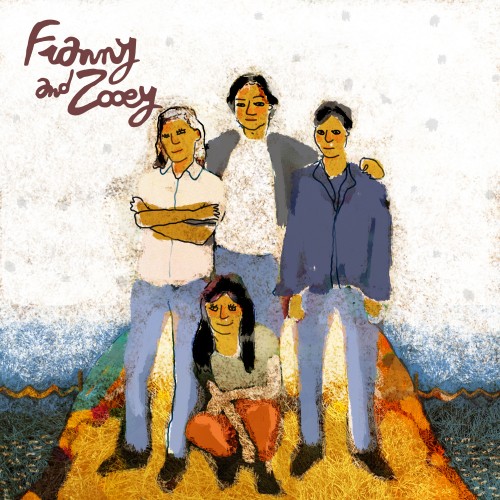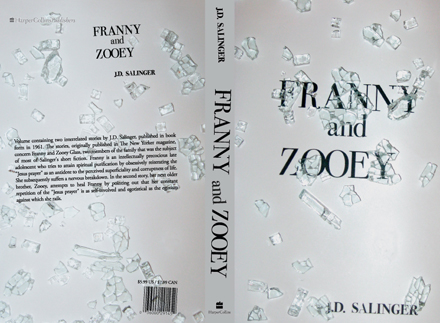


It seems already to have happened, though it’s not all bad news, as Salinger’s style is charming enough in its way, and he is not uncritical of his characters.

He has lavished detail and attention on the Glasses, and he said on publication of Franny and Zooey that his writings on the Glass family were “a long-term project, patently an ambitious one, and there is a real-enough danger, I suppose, that sooner or later I’ll bog down, perhaps disappear entirely, in my own methods, locutions, and mannerisms.” It’s not hard to side with the haters, not least because Salinger himself seems so firmly in the, if not adoring, at least thoroughly fascinated, camp. In general, listeners were divided into two, curiously restive camps: those who held that the Glasses were a bunch of insufferably ‘superior’ little bastards that should have been drowned or gassed at birth, and those who held that they were bona fide underage wits and savants, of an uncommon, if unenviable, order. Public response to the children was often hot and never tepid. There are seven Glass children, and they grew up in the public eye (or ear) by featuring on a radio quiz ‘It’s a Wise Child’: Although Salinger has not published for over 40 years, it’s understood that he has continued the Glass chronicles, a thought which fills me with ambivalence. They are further chronicles of the Glass family children, first introduced via eldest brother Seymour in the 1948 story ‘A Perfect Day for Bananafish’. The book comprises the story ‘Franny’ and the novella ‘Zooey’, first published in the New Yorker in 19. Janet Malcolm said that rereading it “is no less rewarding than rereading The Great Gatsby.” This seems like a wild claim. I opted for Franny and Zooey (1961) as some would have it as Salinger’s masterpiece. By then, however, my itch to read some Salinger again had become unbearable. Undeterred, I dived into 60 Years Later and quickly came to the conclusion (when the Caulfield character took eight pages to get to the bathroom mirror so he, and the reader, could see that he was an old man and not the teenager he thought he was) that it was a lot of phony crap. I bought it, and then realised I hadn’t read Catcher in the Rye since I was in my late teens and would need to revisit it. The ever-vigilant Salinger had his lawyers on the case, and a few weeks ago a judge banned the book from sale in the USA, though it remains available elsewhere. I had the idea recently that I would like to read and review 60 Years Later: Coming Through the Rye, the ‘unauthorised sequel’ to J.D.


 0 kommentar(er)
0 kommentar(er)
